Amazingly, it was a visiting birder from New York who discovered Neotropic Cormorants breeding in the Wakodahatchee Wetlands.
WELCOME TO 10,000 BIRDS!
Recent Posts
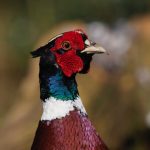 Farewell to ArmsBy David T
Farewell to ArmsBy David T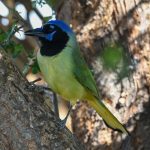 Hannah and Erik Go Birding: Rio Grande Valley Birding Festival 2025By Hannah Buschert
Hannah and Erik Go Birding: Rio Grande Valley Birding Festival 2025By Hannah Buschert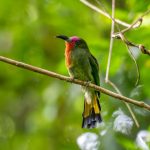 Species Spotlight: Bearded Bee-eaterBy Kai Pflug
Species Spotlight: Bearded Bee-eaterBy Kai Pflug An Interview with Bo Beolens of the Fatbirder birding siteBy Editor
An Interview with Bo Beolens of the Fatbirder birding siteBy Editor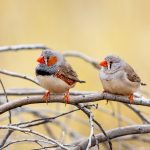 Best Retirement Countries for BirdersBy Peter
Best Retirement Countries for BirdersBy Peter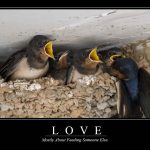 Demotivational Posters for Birds (IX)By Kai Pflug
Demotivational Posters for Birds (IX)By Kai Pflug Birding Playa de los Lances in Southern SpainBy Paul Lewis
Birding Playa de los Lances in Southern SpainBy Paul Lewis
Posting Calendar
| DAY | WRITER(S) | SERIES (weekly) |
|---|---|---|
| MON | Kai (w) | Birding Lodges |
| TUE | Donna (m) Susan (m) Hannah (m) Fitzroy (m) Grace (m) | Bird Guides |
| WED | Leslie (bw) Faraaz (bw) | Ask a Birder |
| THU | Paul (w) Cathy (bw) | Birder’s Lists |
| FRI | David (w) | Species Spotlight |
| SAT | Peter (bw) Luca (bw) | From the Archives |
| SUN | Clive (w) Sanjana (m) | Three Photos |
| w weekly, bw biweekly, m monthly | ||
| Any time: Jason, Mark, John, Sara, Rolf, Dragan | ||
See here for info on the writers.
Newsletter
Signup and receive notice of new posts!
Thank you!
You have successfully joined our subscriber list.




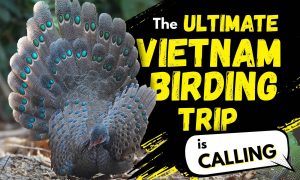
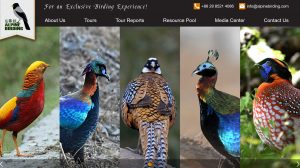
This is a really weird report. It’s amazing that a bird like this could stay hidden for so long at a site as small and intensely birded as Wakodahatchee Wetlands.
I don’t think it’s that surprising. Ironic, yes. I’ve birded Wakodahatchee since it opened, and I’ve always found nature photographers there, but not many hard core birders.
I was wondering when that was going to happen.
I guess birders mostly see what they are looking for, and no one was looking at cormorants in Florida because of the assumption that they would all just be DC cormorants. If birders think there is no vagrant potential in a certain bird group, vagrants will never be found.